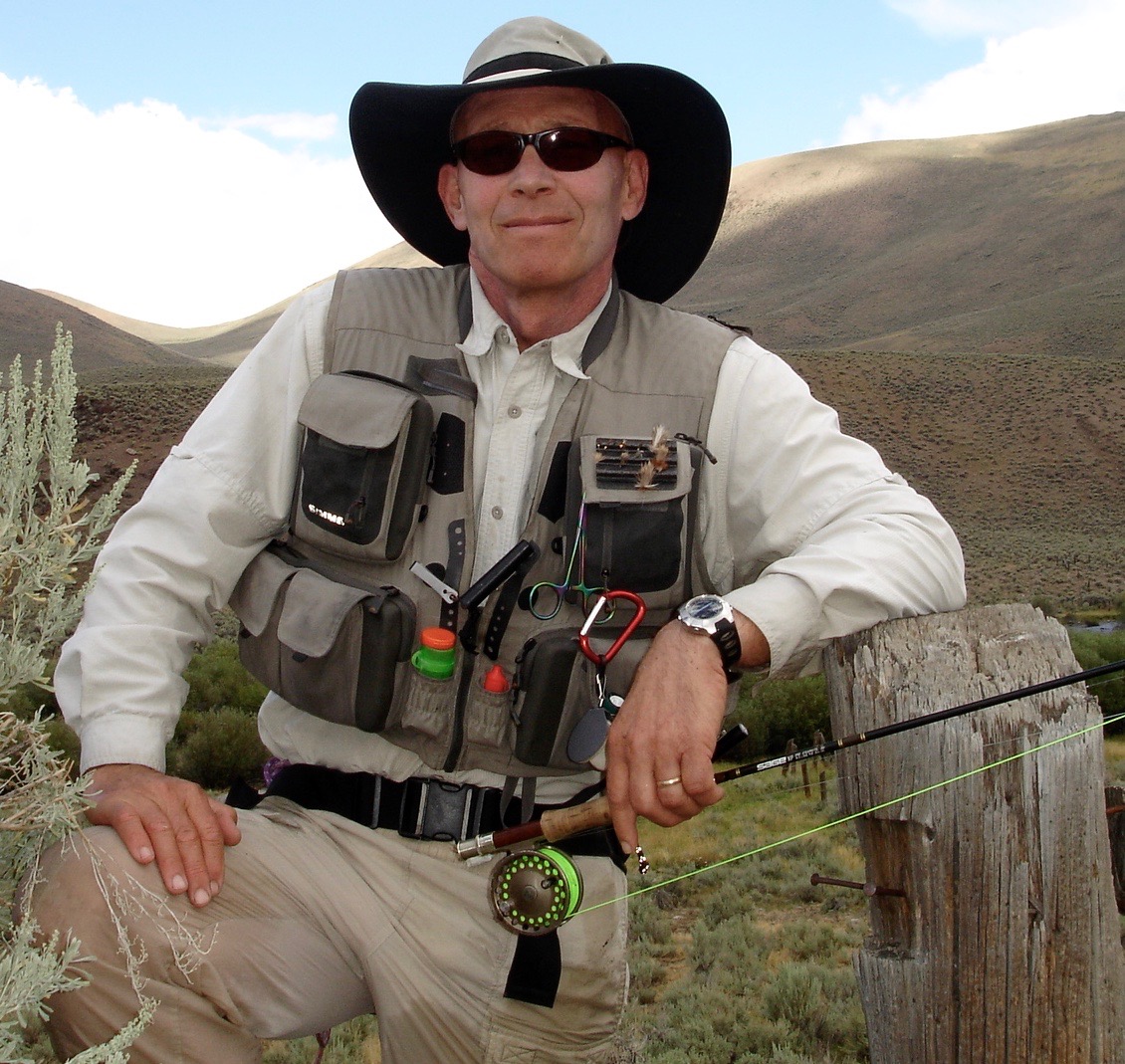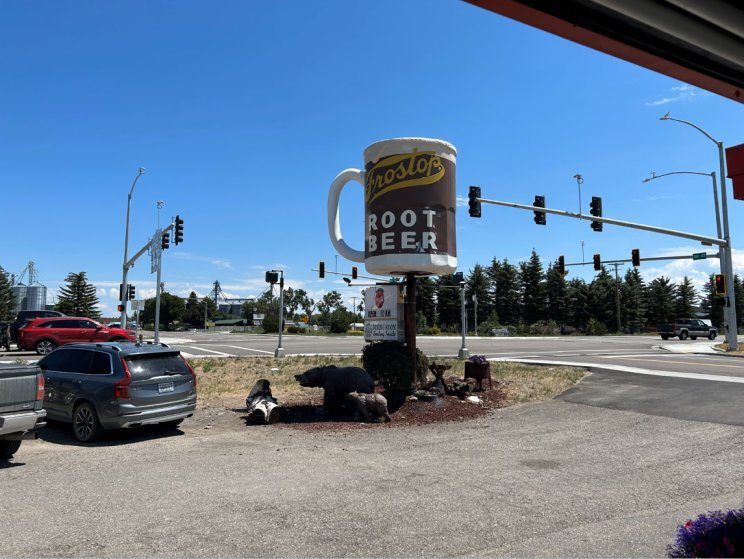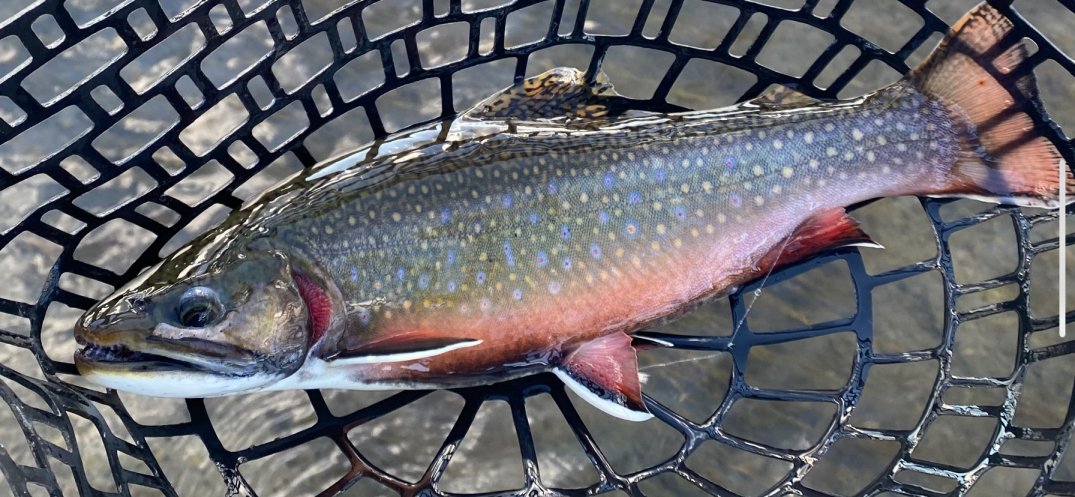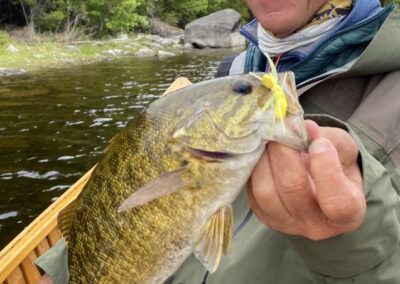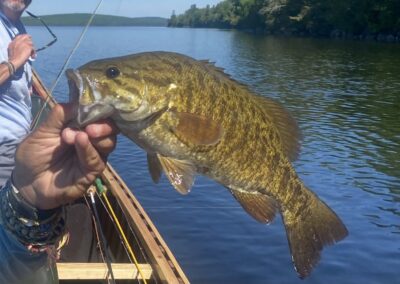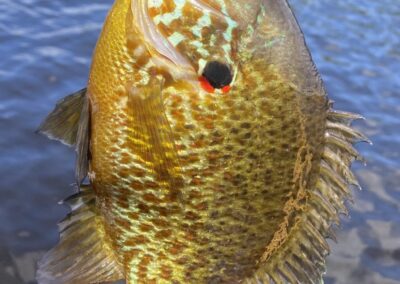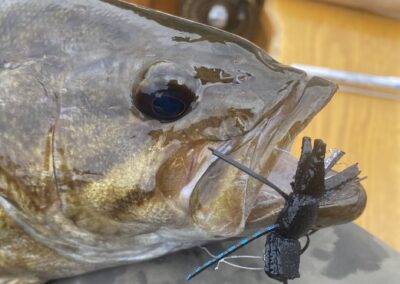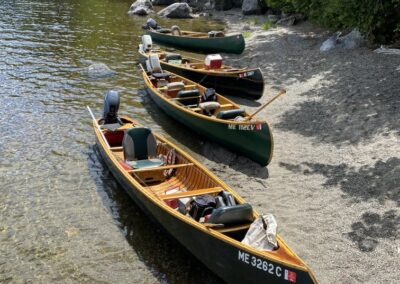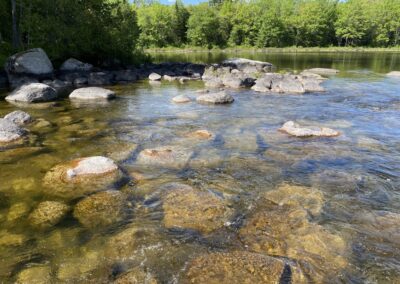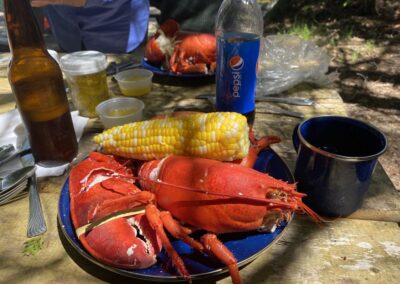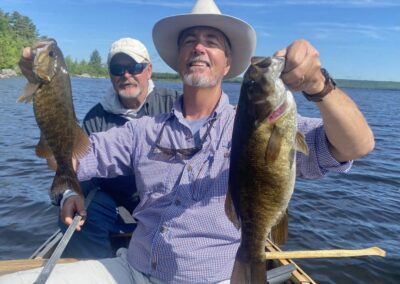Makos in San Diego
 By Thomas R. Dempsey, M.D. CCI
By Thomas R. Dempsey, M.D. CCI
Well, my travel partner Chris and I just got back from a fabulous trip to San Diego to fish for Mako sharks with Conway Bowman, only Conway was down with his back, so we inherited his partner, Greg Stutzer. What an experience. I’ve never been with a guide that is more knowledgeable, who is more helpful, who is more into it with his clients than Greg. We really lucked out.
We spent 3 days off of Dana Marina about 9-10 miles out fishing for Mako sharks.
Now if you really want to do something different, this is the trip to take. They have a very unique way of catching these beasts, that probably violates every rule of the FFI Casting instructors.
First, there are no commercially made fly fishing rods big enough to handle these, so they make their own. These are equivalent to a 16 or 17 weight rod. The line has 80 lb. cast core and the leaders are 60-80 lbs., some of them even 100 lbs., connected to a bite tip of 105 lb. test straight wire. The hooks are 8/0 or 10/0. You talk about big flies, the ones they use stretch from about your elbow to your fingertips. There is no false casting of these babies. The technique requires throwing the fly in the water behind you, with no slack, and then water-hauling over your head with 2 hands out front. The longest cast that you will make is 45-50 feet.
The sharks are chummed up with blocks of fish guts and other unknown materials placed in a heavy plastic basket and attached to the side of the boat. A pink piece of PVC pipe is used like a mortar and pestle, to break up the chum which creates a large slick. The sharks come up in the chum line and that’s when you get on. It requires a special way of hooking these fish so they don’t bite through the leader. This entails throwing to the side or behind them so they will rip around and grab it and hook themselves in the side of the mouth. A straight on shot is a disaster. They will chomp right through it. Once hooked it is game on.
I was able to catch one that weighed well over 500 pounds and Chris got one close to that. We also had the opportunity to see a 1000-pound shark that appeared to be bigger than the entire boat. In addition to the Makos we caught blue sharks. They were everywhere and very easy to catch.
After spending 3 days on the water catching sharks, you understand what the top of the feeding chain is. For a unique experience head out to San Diego and hook up with one of these guys.



